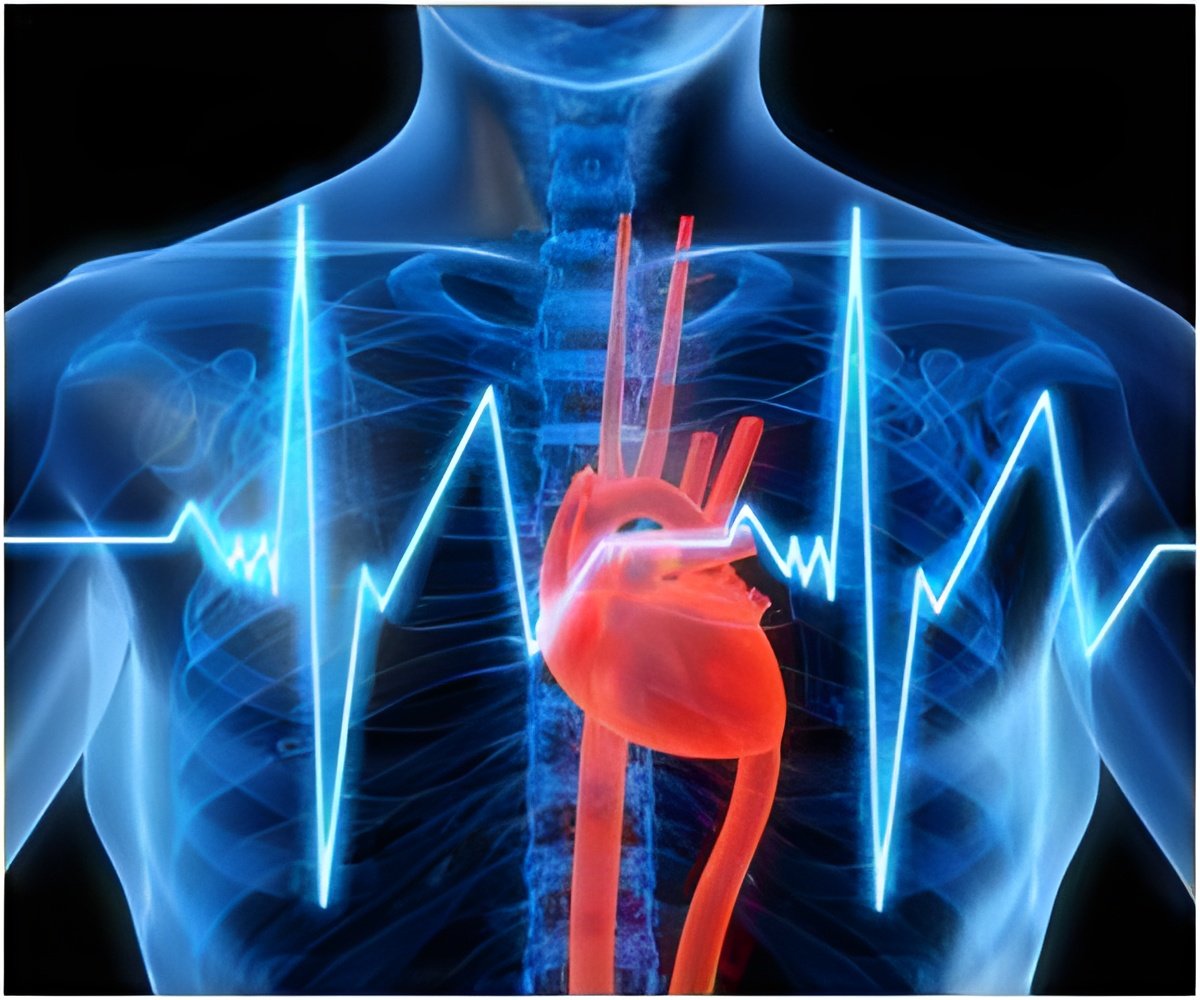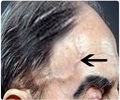
Also commonly known as the treadmill test, the equipment comprises a treadmill, stopwatch, a 12-lead electrocardiograph (ECG) machine, leads, sticking tape and clips.
Doctors attach small electrodes to your body, which monitor your heart during exercise, charting everything from beats per minute, pulse rate and blood pressure and can also measure things like capacity, blood flow and recovery times, the journal Current Problems in Cardiology reports.
Advertisement
"By today's standards these tests may seem low-tech, but they can be highly effective and very efficient in diagnosing heart problems," said Gulati, according to an Ohio statement.
Advertisement
The test is non-invasive and can be administered in doctor's offices. "We sometimes get caught up in the latest technology in our society, and often what gets ignored is the simple stuff," said Gulati.
It was this simple test that saved the life of 73-year old Barbara Current. "I had this anxious feeling in my chest," she said, "it wasn't anything big, but something I'd never felt before."
Having already survived one heart attack, she immediately went to see Gulati. To their surprise, tests involving high-tech imaging showed that Barbara's heart was normal. But the exercise stress test told a different story.
"We found very significant disease," said Gulati. "In fact, it required having a stent placed in one coronary artery immediately and, subsequently, required another one placed just recently."
Given the subtlety of her symptoms, Barbara was surprised at the extent of her disease. "I really didn't think it had anything to do with my heart," she said, "I'm so very fortunately I took that stress test."
Today, using equipment such as nuclear heart scans, MRIs and CT imaging, doctors can see inside the body like never before, peering deep into the heart with remarkable clarity. But just because those tests are available, doesn't always make them the right choice, according to an Ohio statement.
"In my practice I use a lot of advanced imaging when it's appropriate," said Gulati, "but I think we need to get away from just doing the most expensive test because we can."
Gulati says while high-tech imaging can be effective, it is expensive and often involves radiation, which, in some cases, can lead to other health complications.
Source-IANS














